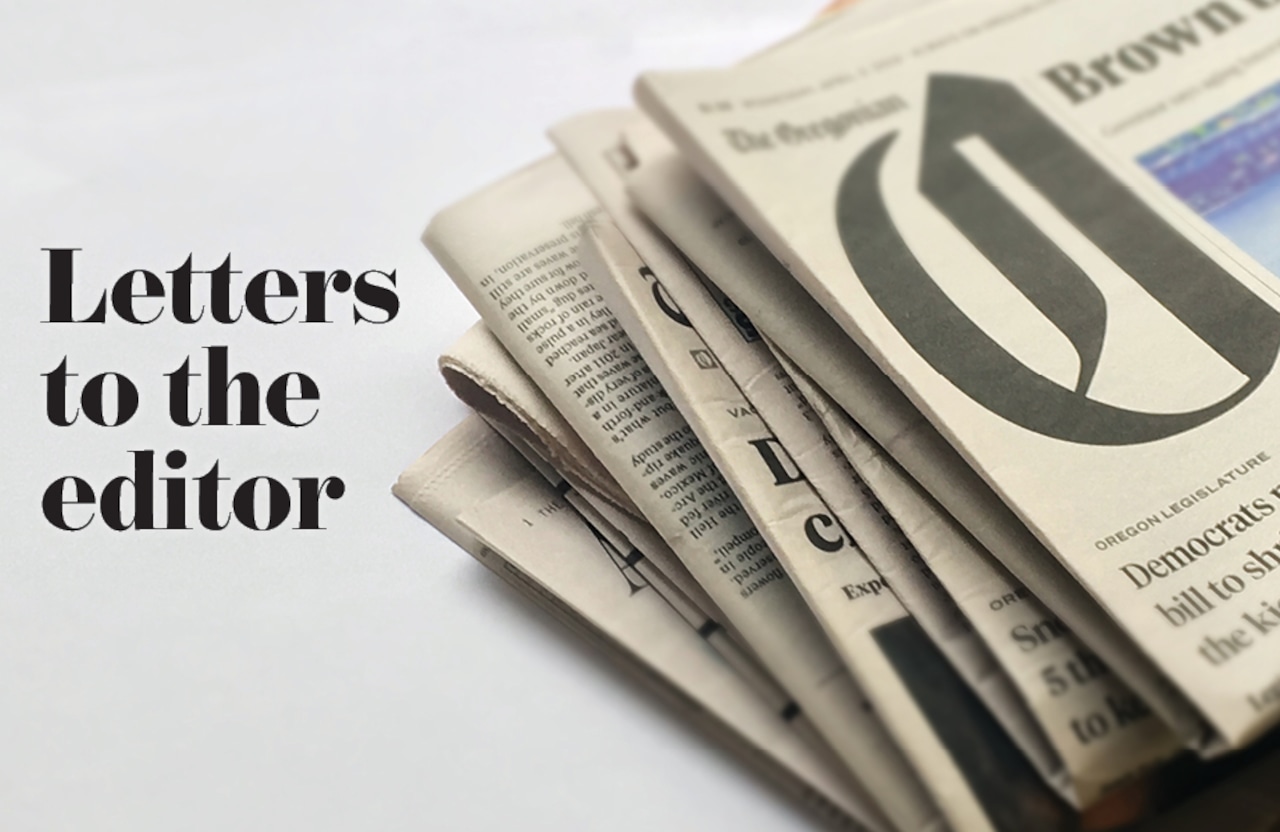*
*U.S. Economic Overview**
August’s data confirmed a persistent slowdown. Job creation fell, while the unemployment rate edged up, a trend likely to worsen as the federal deferred‑resignation program ends on Sept. 30. Yet business sentiment points to a possible rebound, and the Fed is expected to adopt a more accommodative stance to support employment. Inflation remains above the 2 % target, but the Fed’s dual mandate now leans toward easing rates, especially as concerns about tariff‑driven inflation wane. Rate cuts could lower short‑term yields, yet the Fed’s shrinking mortgage‑backed‑security holdings may keep mortgage rates elevated until its balance‑sheet policy stabilizes. A loss of tariff revenue could push long‑term rates higher, affecting mortgages and government bonds. Capital markets stayed largely flat in August as investors awaited further economic signals; long‑term rates slipped slightly in line with expectations of easing policy. The Fed’s policy committee meets again on Sept. 16.
**International Capital Markets**
The U.S. remains a net recipient of foreign capital, offering borrowers lower rates. The April 2025 trade war sparked fears that capital flows might shift, raising borrowing costs and asset values. However, June’s net foreign inflows into long‑term U.S. assets surged, indicating continued foreign confidence. Early signs suggest U.S. investments still attract overseas capital despite ongoing trade‑policy uncertainty.
**Federal Reserve Policy**
The Fed’s mandate—price stability and full employment—has guided a shift toward rate cuts as inflation approaches 2 %. In late August, Chairman Jerome Powell signaled a pivot to more dovish policy at Jackson Hole, abandoning “average inflation targeting” in favor of meeting the target directly. This change signals a lower expected path for rates and a greater likelihood of cuts in the coming months.
**Labor Market Slowdown**
Economic slowdown and policy uncertainty have dampened hiring, while layoffs have remained steady, keeping the unemployment rise modest. Business surveys now show improved hiring outlooks as tariff concerns ease. If this trend continues alongside accommodative policy, the labor market could rebound in the next few months.
**Texas Economic Indicators**
Texas outpaced the national trend in July, with employment rising 0.1 % versus a slower U.S. gain. Nearly all Texas metros saw month‑over‑month employment growth, except Houston and Lubbock. Service‑sector hiring rebounded strongly, while goods‑producing industries—except construction—fell, likely due to lower oil prices. Firms in services and retail plan to increase hiring over the next six months, whereas manufacturing plans to cut jobs. This optimism could translate into higher job growth.
**Housing and Mortgage Rates**
The FHFA 1Q 2025 house‑price index shows a national decline from 4.8 % to 3.7 % YoY, with Texas falling from 2.7 % to 1.7 %. Austin and San Antonio experienced negative growth, while Dallas and Houston grew modestly. Mortgage rates dipped 16 bps in August to 6.56 %, yet remain high. The mortgage spread over the 10‑year Treasury—237 bps in July to 231 bps in August—stays above the historical 150–175 bps range, suggesting potential further declines as markets normalize. Short‑term rates may fall with Fed easing, but long‑term mortgage rates will depend on the Fed’s balance‑sheet trajectory.













